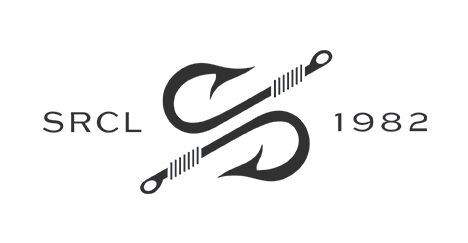Aquatic Plant Management
Did you get your Aquatic Plant Management postcard in the mail? As a follow-up, the SRCLA would like to continue the conversation about weed disposal.
So, you raked or pulled weeds from your lakeshore yourself - that’s a lot of work! Now what? You have a few options for disposing of them properly. It is important to remember that weeds must be disposed of on land and not returned to the lake.
Here are some of your options:
1. Compost the Weeds:
Drain and Dry: Lake weeds are largely water. To facilitate decomposition, it's best to first drain and dry them by piling them on pallets or a raised screen away from the shore.
Layer with Brown Material: To prevent them from becoming a slimy and smelly mess, layer the drained weeds with dry, brown materials like leaves or straw in a well-aerated compost bin.
Compost High-Risk Weeds Carefully: If the weeds have gone to seed or show signs of disease, they should be hot composted (maintaining a temperature of 140+ degrees Fahrenheit for at least two weeks) or pre-treated by solarization, fermentation, or baking to ensure the seeds, spores, and other harmful elements are destroyed.
Mix with Other Materials: Adding ash, soil, animal manure, or other organic matter can enhance the composting process and improve the quality of the resulting compost.
2. Use the Weeds as Mulch:
Weeds must be allowed to dry completely before using them as mulch in your garden. Dried lake weeds can act as a natural weed barrier, helping to suppress future weed growth and reduce the spread of unwanted plants.
3. Transport the Weeds to an Approved Site:
DNR authorization may be needed to dispose of the weeds off your property. If required, download the aquatic plant transport authorization form from the DNR website, allowing you to transport them to a suitable location (see “Application to Collect and/or Transplant Aquatic Vegetation” section). There is no fee for this permit. (Hey, we didn’t make the rules.) Locally, TKI (Kraemer’s) in Cold Spring will accept weeds for a fee.
4. Hire a Licensed Lake Service Provider (LSP):
You can contract with a licensed LSP to remove and properly dispose of the vegetation for you. We have a list of local LSP on our AIS page.
Important Considerations:
In Minnesota, aquatic plants in public waters are owned by the state and cannot be destroyed or transplanted without authorization from the DNR.
A permit may be required. Understand the specific conditions under which a permit is or is not required for aquatic plant removal activities.
Protect the Ecosystem by responsibly disposing of the weeds to prevent them from washing back into the lake or spreading to other properties.
Before composting, verify if there are any local city code requirements regarding composting.
By following these guidelines, you can effectively manage the disposal of the lake weeds you've removed from your shoreline. For more information, please visit the DNR website, which outlines these regulations.

